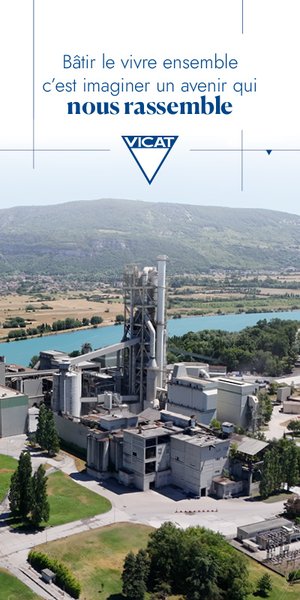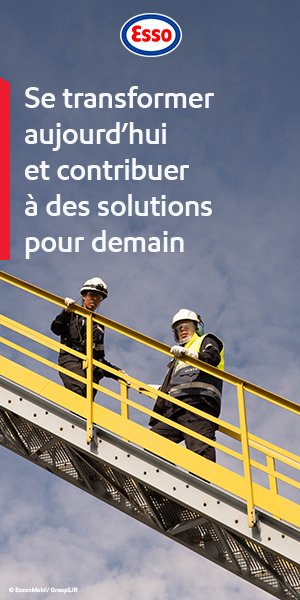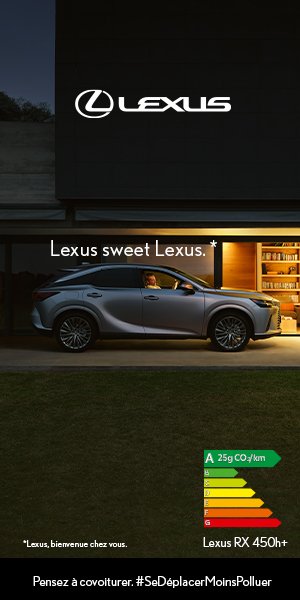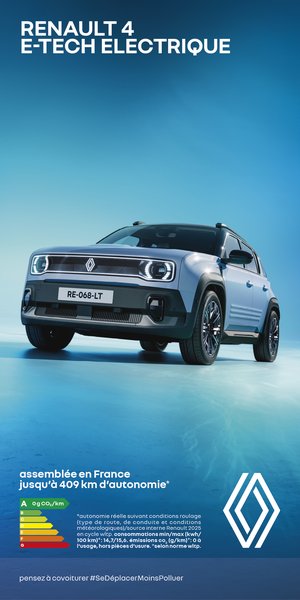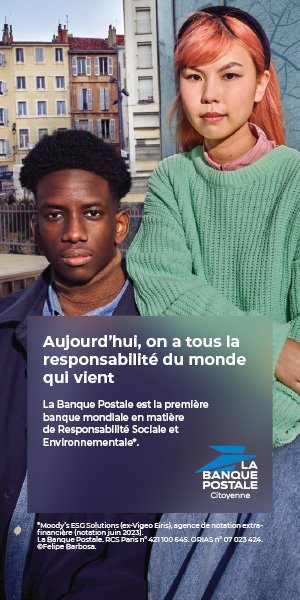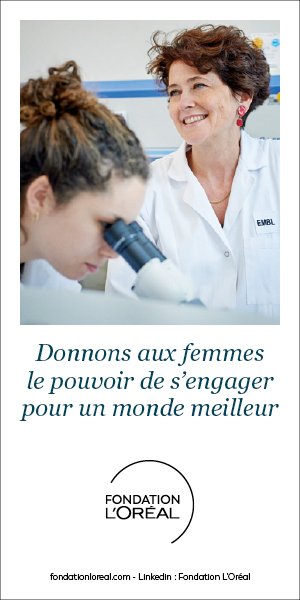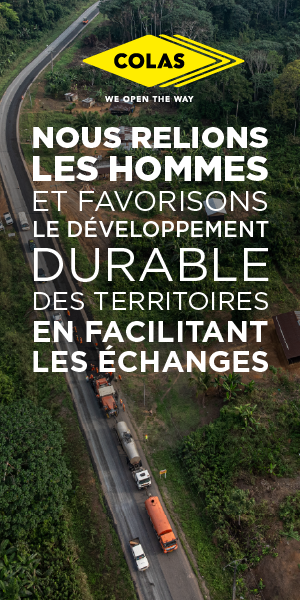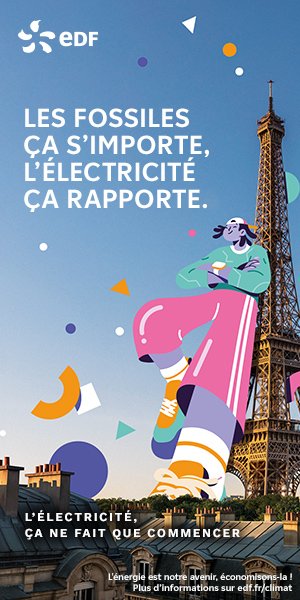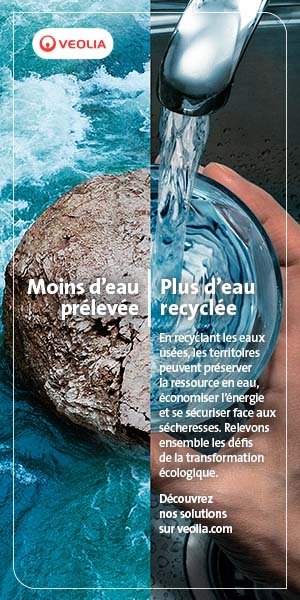Politique Internationale — On an energy landscape where there are many players, where is the International Energy Agency (IEA) situated? What are your main missions?
Fatih Birol — The IEA was created in 1973-1974 at the time of the first oil shock: industrialised countries then became aware that they were not in a position to cope with the embargo imposed by oil-producing countries, who had abruptly decided to raise their prices to levels never reached before. It will soon be half a century since these events occurred, but the security of the planet’s energy supplies is still at the heart of the IEA’s missions. Our activities have largely been developed to reply to the needs of an energy system that is undergoing constant transformation. The Agency notably plays a key role in the world of energy and it is an important player in the debate on climate change and energy transition. Our statistics are authoritative, our analyses are extremely well documented and we scrutinise meticulously all the sector’s problems.
P. I. — Do you not fear that you might be reproached for being an institution? In the sense that your analyses are authoritative but you are not in direct contact with the terrain…
F. B. — The IEA examines energy through the prism of three big markers: the reliability of supply circuits, access for all to energy and the need for sustainable energy development. These three indicators underpin actions that we encourage to the maximum.
This is valid for the 30 member countries of the IEA, but we are enlarging more and more the circle of our interlocutors. When I was named director in 2015, my roadmap foresaw the modernisation of our institution. This programme concentrates on three aims: to intensify our cooperation with emerging economies; extend the concept of supply security to gas and electricity — in addition to oil; and to become a reference for renewable energies and energy efficiency.
We are contributing to these objectives through our Clean Energy Transitions Programme in which a number of emerging economies and key regions are participating. With this programme, the IEA is acting as a catalyst to favour technical cooperation, organise training and strengthen the technical capabilities of national players etc. We are also behind an initiative to reinforce energy efficiency, which could bring largescale economic benefits in countries such as Brazil, China, India and Indonesia and also in major regions such as Southeast Asia and through multilateral platforms such as the G20 or ASEAN.
P. I. — Today, no energy policy can be envisaged without a climatic dimension. What does this double requirement mean for the IEA?
F. B. — A large number of countries have launched initiatives aiming to reduce their CO2 emissions. For the governments concerned, this objective requires a continuous effort: piloting energy transition needs cleaner means of production and more responsible operating methods that are ecologically virtuous. The IEA’s calling is to transmit this movement: our analyses, rich with a large amount of data, help arrive at decisions. We also explore the different solutions that are susceptible to reduce the carbon imprint of the world economy and the way in which they can be deployed: the increase in renewable energies, energy efficiency, nuclear, hydrogen and the technologies to capture and reuse CO2 are among the subjects dealt with in our analyses. The Agency’s role is not only to be an industrial and technological expert: we also very closely follow the financial problematics so this transition can take place in sustainable budgetary conditions.
This change is a groundswell that the IEA is putting at the heart of its action and its work. In 2019, at the Agency’s ministerial conference, the ministers of member States reaffirmed the importance of energy transition for the future of the planet; for us this theme is central and is becoming more and more so.
P. I. — Can one say that the IEA is an actor in the service of climate change?
F. B. — The energy sector is responsible for about 80 per cent of world CO2 emissions. In these conditions, the swerve to a production of low-carbon energy is an essential step to reach world environmental objectives. As a recognised actor in the climate dialogue, the role of the IEA is at the forefront. Our potential scenarios allow decision makers to compare the effects of different energy policies. They also show how to act to campaign on the climate level, favour access to energy for all and ensure a better quality of air. Our report of reference, the World Energy Outlook, published every year, lays out a complete panorama of the world energy landscape. Everything is minutely examined: the planet’s consumption, of course; but also its impact on the environment; access to energy; air pollution and many other subjects. Among our scenarios, one is entirely devoted to sustainable growth. It highlights the totality of the means to be put into effect to struggle the most effectively possible against global warming. In a general way, the environmental issue greatly needs markers and guiding principles which we are able to provide.
P. I. — What is still missing for this large scale environmental strategy to be more efficient?
F. B. — Firstly, it is necessary to agree on the assessment. The planet must urgently reduce its greenhouse gas emissions, even if we perhaps noted a peak in growth in 2019. Faced with this challenge, no one can act alone: a coalition of governments, investors, big companies and all the players involved who have an impact on the question is needed to limit climate change. We are calling for this to happen. The growth scenario drawn up by the IEA is a tool which allows all the players to get the measure of the challenge we are facing. It is indispensable to associate the efforts of everyone if we want to get results in the framework of reducing greenhouse gas emissions. There can sometimes be the impression that there are two big communities ranged against each other: the energy family on one side and climate defenders on the other. The IEA is there too to strengthen the links between these two circles so that they can work together as much as possible.
P. I. — In this changing context, would you say that electricity is the energy of the future?
F. B. — Electricity is fundamental for functioning modern societies and their economy. Be it for digital tools, communications infrastructure, industry or, in a general way, all services that consume energy, no sector can get by without electricity. It represented 18 per cent of final energy requirements in 2018. In the coming years, this share will continue to climb and could reach 24 per cent in 2040. For emerging economies, the role of electricity is even more crucial; it is the energy that has contributed the most to their development in the past 15 years. The IEA’s sustainable development scenario shows just how precious electricity is to accompany the rise of the green economy; if this scenario is confirmed, it could cover more than 30 per cent of final energy consumption in 2040, a trend induced notably by the surge in electric vehicles. In the end, the supremacy of oil could incidentally be threatened. For the moment, the recourse to hydrocarbons largely overtakes the use of electricity, but this tendency could be reversed from 2040 if the transition towards sustainable growth really got under way. It is therefore essential to keep in mind electricity’s strong potential for development.
P. I. — Through this IEA scenario which gives prominence to sustainable development, electricity comes out as a tool in the service of the ecologisation of society …
F. B. — The indicators by which electricity contributes to ecological transition are instantly visible. This role can be explained by the ability to combine several decarbonised means of production. Electricity can become a real platform for reduction of emissions linked to the production of energy: hydrogen and synthetic oils are examples of industrial processes whose environmental performance is enhanced when electricity is associated with another energy. It is also necessary to consider the constant imperative of the improvement in populations’ quality of life: thanks to renewable energies, the access to electricity for all is a goal that can be achieved.
P. I. — IEA studies take all energies into account. To what measure are they incompatible and how, if it is possible, can they coexist relatively harmoniously?
F. B. — For the moment, coal, gas and oil cover the greater part of the planet’s energy needs: they made up 80 per cent of primary energy requirements in 2018, the same level as 30 years ago. Fossil fuels will continue to play a preponderant role in the years to come, despite the strengthening of actions against global warming. Of course, with the boom in renewables, the energy landscape is destined to be transformed. But, as the IEA has said, there is no one single solution to accompany this change towards sustainable growth. We shall need more and more technologies, including those that rely on oil. There is no single solution and there are no simple solutions either. We recall that renewable energy will continue its rise — to ensure about half of world energy consumption in 2050. For all that, other sources that are weak in carbon have naturally their place beside green energies. There is nuclear power and coal power stations equipped with a system to capture CO2 etc. The energy transition will come about through the combination of several energy sources.
P. I. — More than the others, renewable energies embody the future. Can they continue to develop without limit?
F. B. — The continuing development of renewable energies, led by solar and wind, is the cornerstone of energy transition. It consolidates the foundations of low carbon, to which nuclear and hydroelectric power already contribute. The fall in the costs of renewables is fairly impressive: this makes solar and wind competitive and gives them a full place in the electrical mix. This does not mean, however, that this integration can be brought about by clicking our fingers: safety and the control of green energies require specific arrangements. With a central goal in the background: to make all electrical production, transmission and distribution systems as flexible as possible. There is nothing theoretical in this: in October 2019, the IEA and the German Economy and Energy Ministry organised an event devoted to the opportunities to be seized in wind and solar. I was lucky enough to chair this conference with Peter Altmaier. It can’t be said enough: these two sources of energy production have an incredible development potential: in wind, attention is turning to offshore wind farms, which have a lot of promise; in solar, we envisage the possibility of installing panels everywhere, equally on houses and apartment blocks as well as on commercial and industrial premises.
P. I. — Does this mean that everyone, individuals as well as companies, will finally be systematically fed by renewable energies?
F. B. — Things are more complicated than that. Nobody contests the rise of renewable energies but this must come about in an ordered fashion, as the work of the IEA recommends. In 2018, for the first time in the last two decades, the renewables market slowed down somewhat. This was due notably to the situation in China where the authorities have revised their approach in this area so as to reduce the costs of production. What is there to conclude from this? That renewables should also incorporate questions of cost-effectiveness and construction, of the safety of installations and the price of electricity for consumers. Until all these questions are resolved, renewables risk developing in a way that is not very efficient or even counter-productive. And uncontrolled growth will bring the risk of a disorganisation of the electricity market.
P. I. — If you had to conclude with one word, what would it be?
F. B. — I would talk of safety. The growing importance of electricity, which we have discussed earlier, brings with its new challenges. That is why the IEA worked on a report dedicated exclusively to the energy security of electricity. This document will give markers and keys to increase this safety. We listed three main areas of application: the incorporation of equipment linked to renewable energies, cyber-security and the management of extreme climatic events.
It also needs to be noted that energy safety goes hand in hand with sustainable growth. The reduction in greenhouse gas emissions is essential to ensure the safety of populations, companies and energy infrastructures everywhere in the world.
